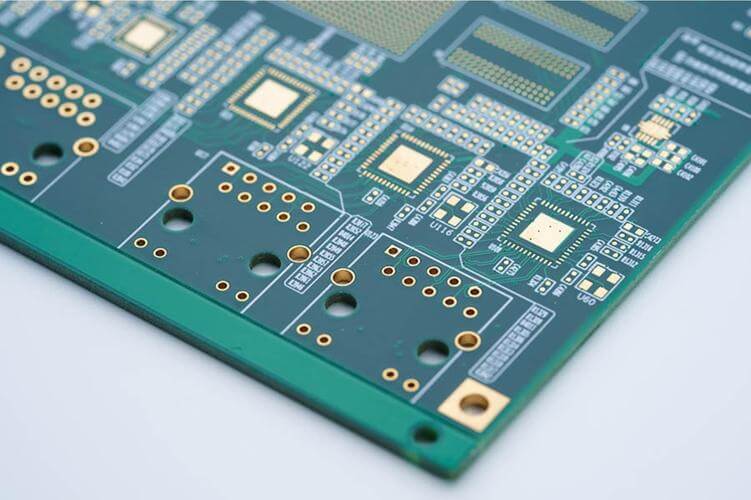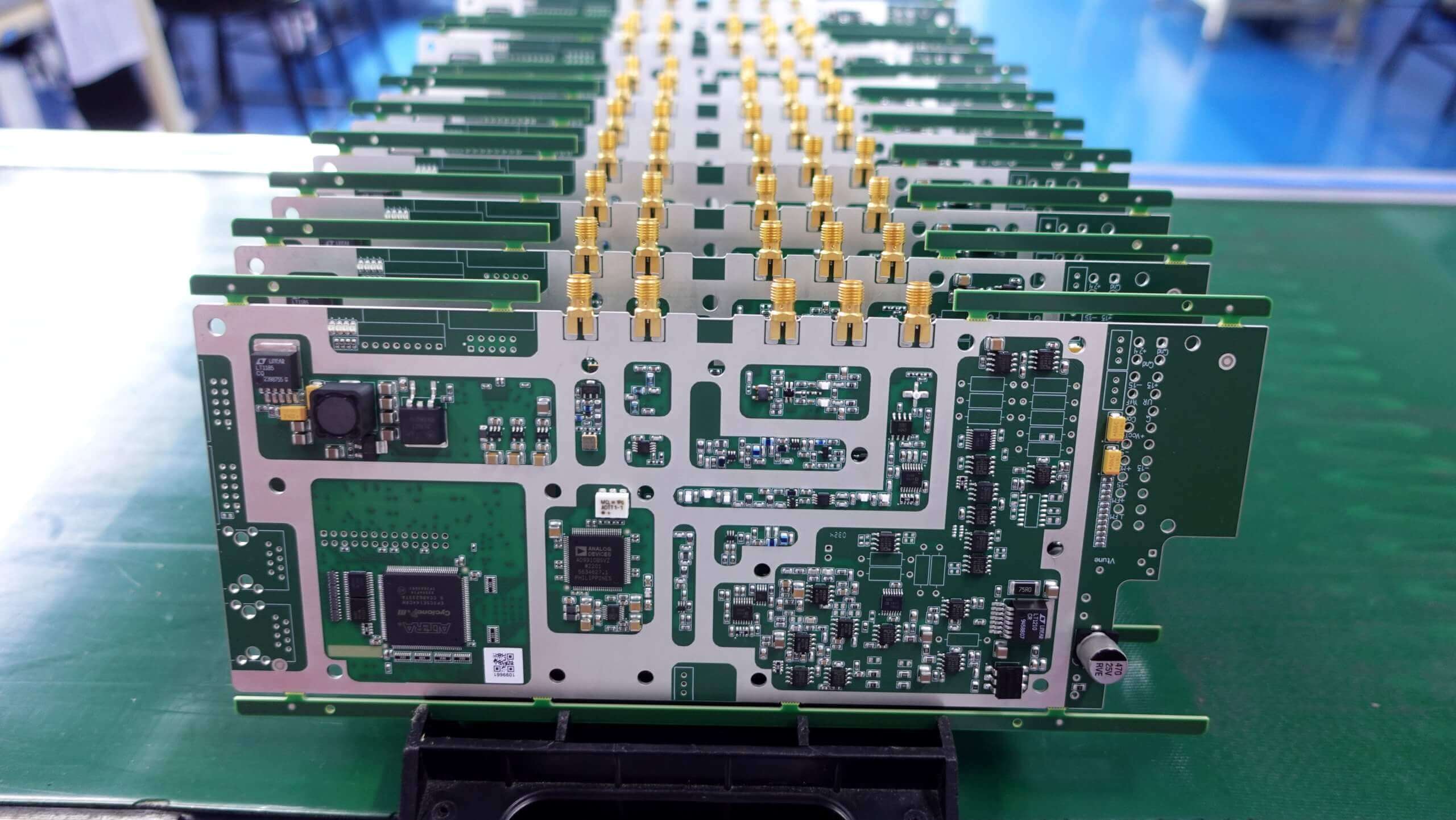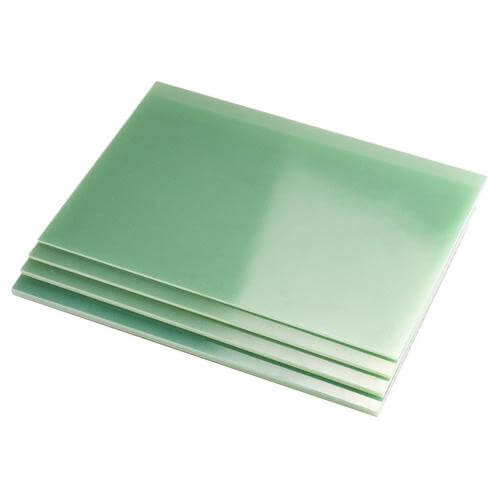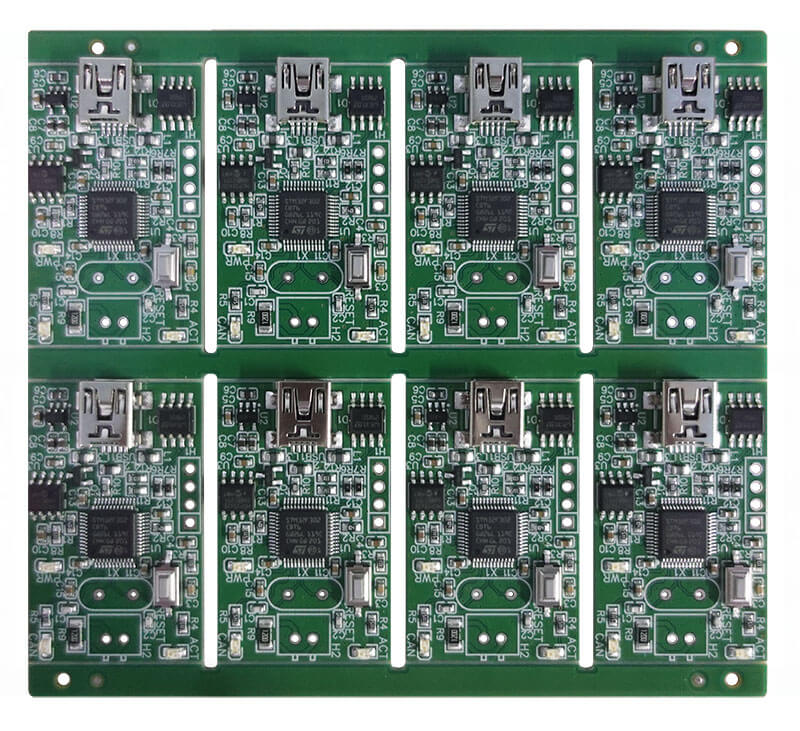Wondering how thick a PCB should be and what its effect on your circuit designs could be? The right PCB thickness is vital because it mediates the operation of your electronics, their heat management, and how they fit into devices.
Whether you’re just selecting the standard options of 1.6 mm or looking at thinner and thicker alternatives, this could make a difference in your project’s success.
In this article, we will cover everything you need to know about the various thicknesses of PCB boards, from their electrical performance to heat management and durability—breaking down a complex decision-making process into simple steps.
So, let us begin.
Understanding PCB Thickness

PCB thickness is not just a technical specification but a critical factor that impacts the overall performance, functionality, and manufacturability of electronic devices. Choosing the right thickness at the designing point directly affects the reliability and efficiency of the circuit.
But to do that, it becomes essential to know about the standard values of PCB thickness.
Standard PCB Thickness Values
Here are the most common standard PCB thicknesses:
- 0.063 inches (1.6 mm):This is a general, all-purpose size suitable for most applications. It represents a trade-off between cost and performance with making ease.
- Thinner options (0.031 inches (0.8 mm) or less):These are only used in small applications, like a smartphone or laptop. This thin PCB may offer advanced manufacturing techniques and have further reduced rigidity and heat dissipation capability.
- Thicker options (0.094 inches (2.4 mm) or more):These have increased mechanical strength and improved heat dissipation. They are suitable for high-power applications or circuits with significant, heat-generating components.
Now let’s discuss some important factors that can influence PCB thickness selection for different applications.
Factors Influencing PCB Thickness Selection
The choice of PCB thickness is influenced by several factors:
- Component Size and Weight: Thicker PCBs can handle heavier components.
- A number of Layers: Thicker PCBs can have more layers for complex circuit designs.
- Current Carrying Capacity:Thicker PCBs can handle higher currents without overheating.
- Signal integrity:Propagation delay of the signals will be reduced with thicker PCBs in high-speed circuits, which further can lower crosstalk.
- Thermal Management: Thicker PCBs aid in dissipating heat, which is crucial in circuits having a high power requirement.
- Mechanical Strength: A thicker PCB is more resistant to bending and physical stresses.
- Cost:Thicker PCBs generally cost more due to increased material usage and manufacturing complexity.
Impact of PCB Thickness on Performance
The thickness of your PCB can significantly impact its performance:
- Electrical Performance: Thinner PCBs are capable of increasing the speed of the signal; however, they are more prone to signal loss and crosstalk. On the other hand, thicker PCBs improve the signal’s integrity but may also increase transmission delays.
- Thermal Performance: Thicker PCBs offer better heat dissipation due to their increased thermal mass.
- Mechanical Performance: Thicker PCBs remain more rigid and less flexible, hence undergoing less bending or warping, improving mechanical performance.
Now you know the basics of PCB thickness, it’s time to learn how you can choose the right PCB thickness for your project.
Choosing the Right PCB Thickness
Selecting the best PCB thickness involves considering several factors to ensure your circuit performs well and meets practical needs.
1.Identify the Primary Function and Application
Understand how the PCB will be used—whether it’s for a communication system, power supply, or small device. This helps determine the thickness needed for optimal performance.
2.Consider Component Size and Weight
Thicker PCBs would be needed for larger or heavier elements to stabilize and resist mechanical stresses and vibrations.
3.Determine the Number of Layers
More complex circuits may require more layers. Thicker PCBs can allow these layers without any loss of strength.
4.Estimate Current Requirements
Thicker PCBs ensure reliability since more current can be carried without overheating.
5.Evaluate Thermal Management Needs
Thicker PCBs provide better heat dissipation, which is important for high-power or high-frequency circuits.
6.Consider Mechanical Stresses
Consider how your PCB is going to be handled and used. Thicker boards are more rigid and resistant to other stresses.
7.Balance Performance, Cost, and Ease of Manufacturing
Choose a thickness that meets performance needs without driving up costs or complicating manufacturing.
By considering these factors carefully, you will be able to select the correct thickness of a PCB for your project needs.
Conclusion
Proper PCB thickness is merely one of the deterministic factors for the optimal performance and reliability of electronic devices.
By considering factors like component size, current capacity, and thermal management, you can design PCBs that meet your project’s needs effectively, ensuring efficiency and durability.





